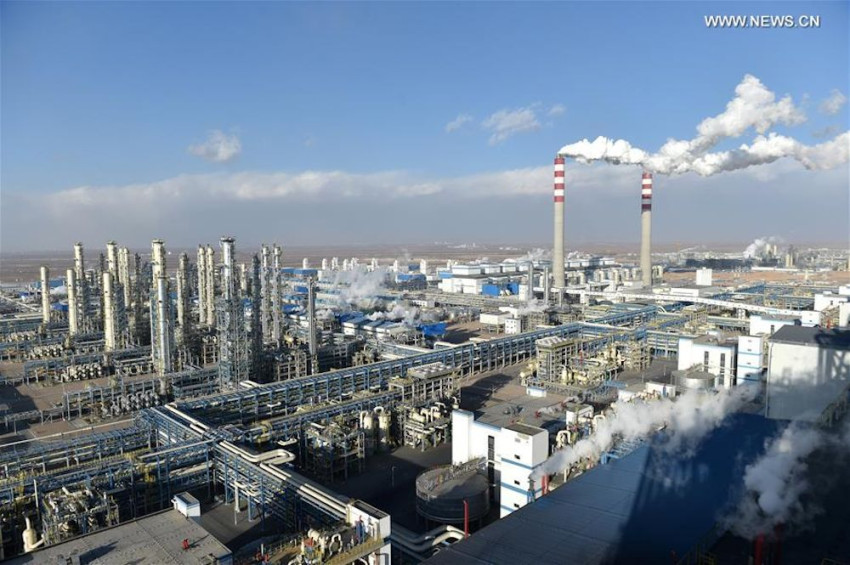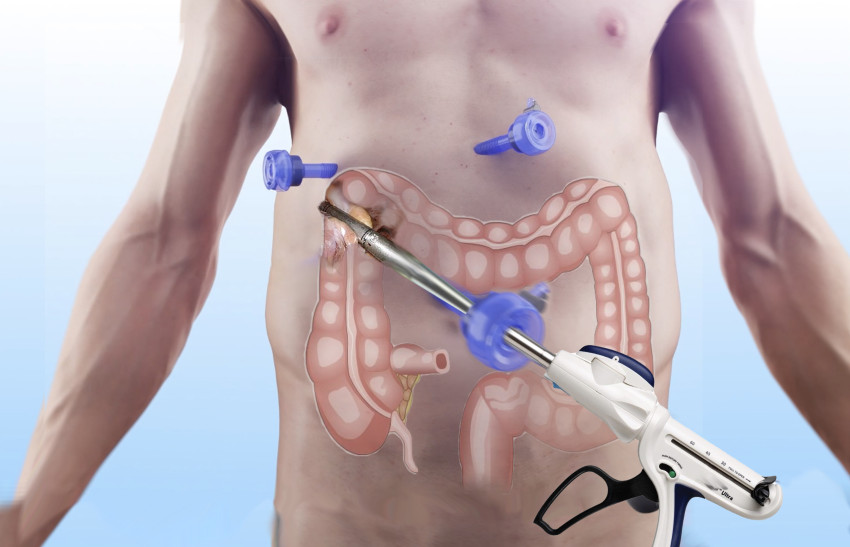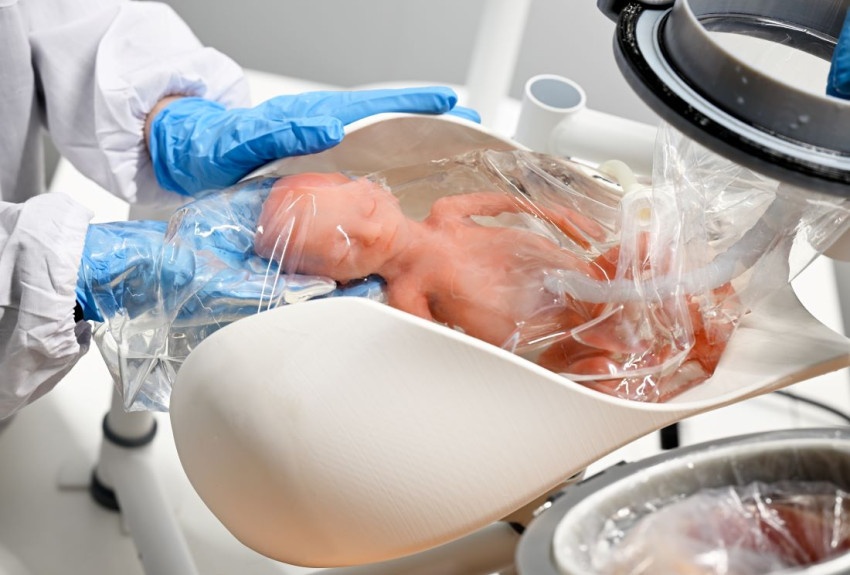
Catalyst reduces CO2 emissions during coal-derived diesel production
A new catalyst has been developed that improves the efficiency of producing diesel from coal, and reduces CO2 emissions. Coal-derived diesel is a particularly important energy option in countries with large coal reserves, such as China.
The catalyst was developed in a collaborative project by Chinese universities and Eindhoven University of Technology, according to an online announcement by the university. The catalyst ensures that less CO2 is released when coal is converted to diesel, and helps the process run more efficiently.
Coal gasification
This conversion takes place in several stages: first, coal is gasified by blowing it in powder form through a hot mixture of oxygen and steam, creating a synthetic gas mixture (syngas) of carbon dioxide, carbon monoxide and hydrogen. This syngas is then routed to a reactor, where the carbon monoxide and hydrogen are converted into hydrocarbon diesel by the Fischer-Tropsch process.
Catalyst
A catalyst is required for this conversion. However, the existing ones were not very selective, producing not just diesel but also CO2 from 30% of the gas supplied. The new catalyst is much more selective. No more than 5% of the gas is converted into CO2, so more diesel is produced.
This result has been achieved thanks to careful research into how the catalyst works. Iron compounds are commonly used as catalysts – usually a blend of pure iron, iron oxide and iron carbide. This latter material in particular is essential for converting syngas into hydrocarbons. Now, researchers from the Chinese universities and Eindhoven University of Technology have managed to create a conversion reaction with much less CO2 production by making a catalyst of almost pure iron carbide.
Less energy
There are two advantages to such a pure reaction. CO2 from the Fischer-Tropsch process is difficult to separate when mixed with hydrocarbons. Reducing this means fewer CO2 emissions. However, that does not mean that the entire conversion process involves little CO2. CO2 is also released when the syngas is pre-treated, but this is in an almost pure form and easy to separate, and possibly store.
The second advantage is that the process to make hydrocarbons requires less energy if less CO2 is produced. About 20% savings can easily be achieved with the new catalyst.
Fuel is still a fossil fuel
CO2 is also released when the diesel is burned, of course. 'We’re aware that our new technology contributes to the consumption of coal-based fossil fuels,' says lead researcher Professor Emiel Hensen of Eindhoven University of Technology in the online announcement. ‘However, it’s highly likely that countries with large reserves of coal will continue to use them over the coming decades. We want to help them do this as sustainably as possible.'
If you found this article interesting, subscribe for free to our weekly newsletter!






